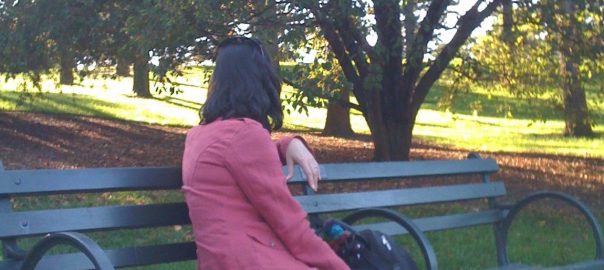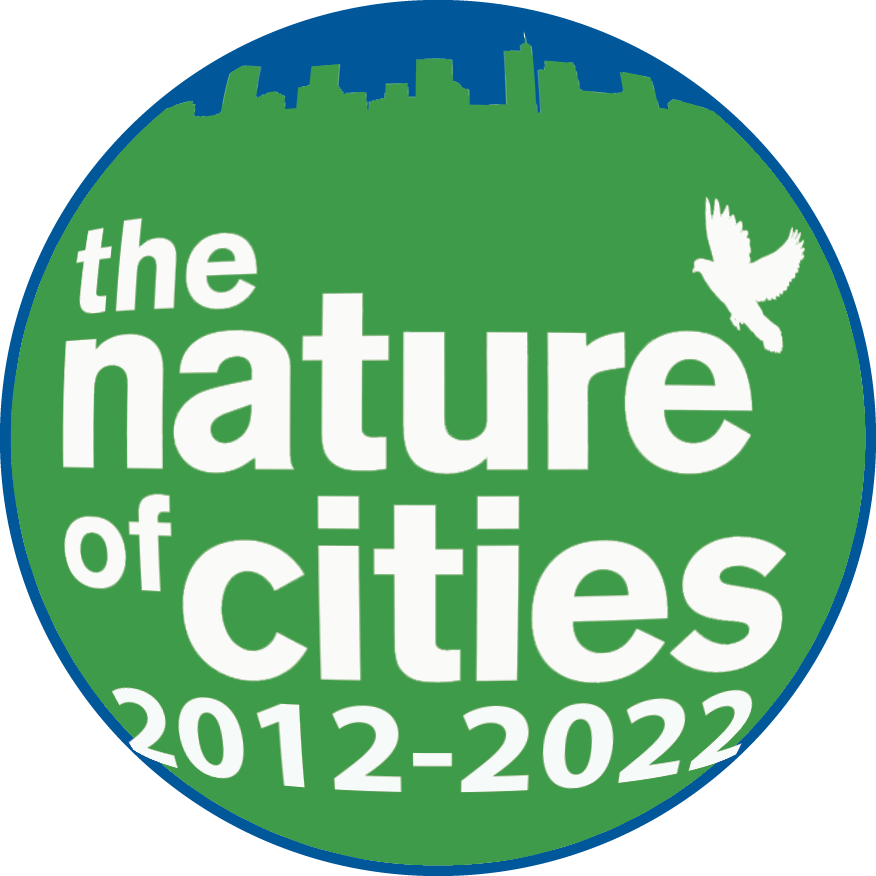2 March 2018

On 11 January 2018, a party was held to celebrate the retirement after 54 years of a man many people have never heard of, whose words, published in anonymity, have helped shape the United States’ environment and environmental policy for decades. Robert B. Semple, Jr. worked for the New York...
2 Comment(s)Join our Conversation
26 February 2018

On social media and connectivity Like a lot of people, my new year’s resolution last year was to stop spending so much time on Facebook and other social media. And like probably a lot of people, I completely failed. So this year, I made a different resolution. This year I...
0 Comment(s)Join our Conversation
23 February 2018
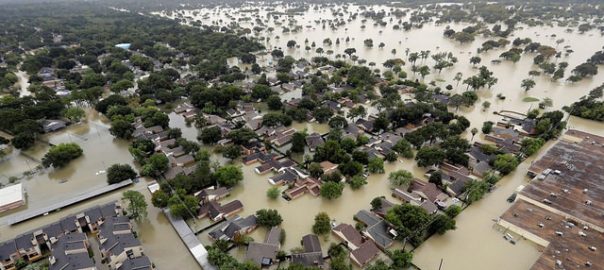
Cities are dynamic complex adaptive systems. They are a network of systems interacting and exchanging flows of energy, information, and materials, held together by a set of rules, based on millennia of ecological change and more recent governance structures. Dominant narratives and practices describe cities as human systems that are...
2 Comment(s)Join our Conversation
20 February 2018

6 Comment(s)
Join our Conversation
20 February 2018
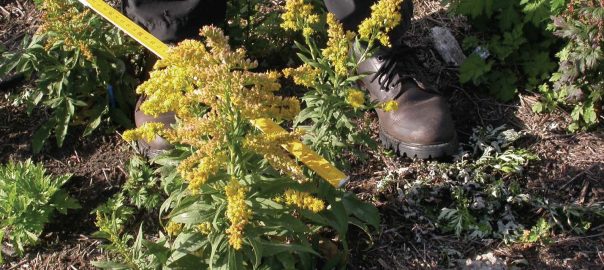
Island archipelagos are more than faraway places with strange sounding names. They lie at the heart of our understanding of ecology and evolution. Since Darwin’s stop at the Galapagos Islands of Ecuador, biologists keep turning towards islands for an understanding of biodiversity and the processes that drive adaptation. The famed...
0 Comment(s)Join our Conversation
17 February 2018
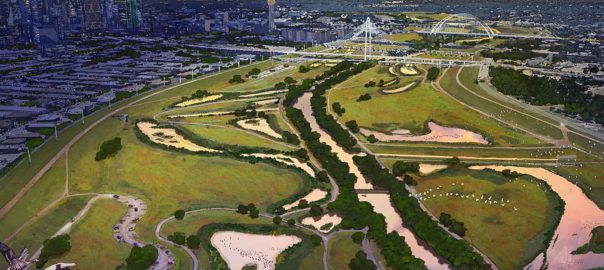
Re-wilding is a new area of interest in landscape architecture concerned with making landscapes that are as close to the original ecology of a place as possible. Not limited to only planting installations, re-wilded landscapes can also exist to attract, reconstitute and/or re-introduce wildlife to heighten biodiversity. Given the emergence...
19 Comment(s)Join our Conversation
14 February 2018
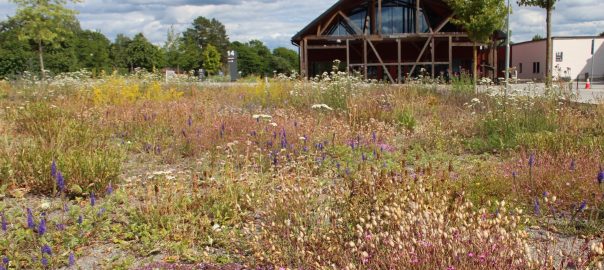
The manual Lawn Alternatives in Sweden. From Theory to Practice shared the results of the transdisciplinary project “Lawn as ecological and cultural phenomenon: Searching for sustainable lawns in Sweden” (2013-2016, funded by FORMAS) and suggested practical implementation—guidelines for possible alternatives to existing contemporary lawns in Sweden. This essay excerpts some...
3 Comment(s)Join our Conversation
11 February 2018
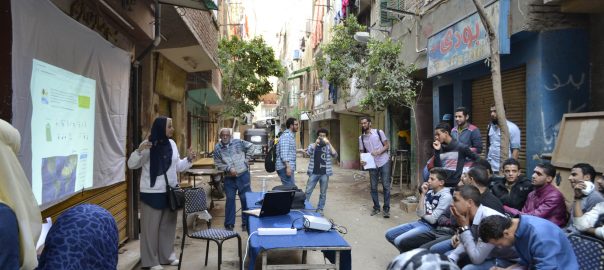
Cities, like nature, consist of complex organisms that evolve. For most of natural and human history change occurred slowly enough for inhabitants to adapt without impacting the overall health and functionality of the underlying natural systems. However, with the advent of industrial-scale technology turning fossil fuels into climate-heating greenhouse gases,...
0 Comment(s)Join our Conversation
8 February 2018

As an artist, having the opportunity to develop a project at the scale of a city has been a remarkable experience. WaterMarks has grown out of a three-year engagement with the city of Milwaukee. City government, academic institutions, and many nonprofits have been essential contributors to the development of this...
2 Comment(s)Join our Conversation
5 February 2018
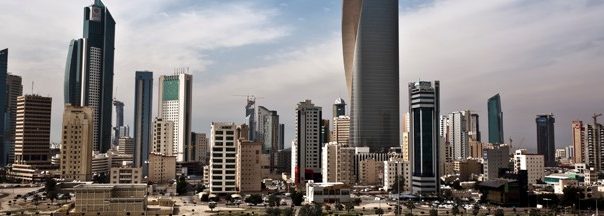
A review of Kuwait Transformed: A History of Oil and Urban Life, 1st Edition. by Farah Al-Nakib. 2016. 296 pages. ISBN-13: 978-0804798525 / ISBN-10: 0804798524. Stanford University Press. Buy the book For anyone interested in understanding urban development in the Arabian Gulf (“Gulf Urbanism”), Farah Al-Nakib’s Kuwait Transformed: A History of Oil...
1 Comment(s)Join our Conversation
5 February 2018
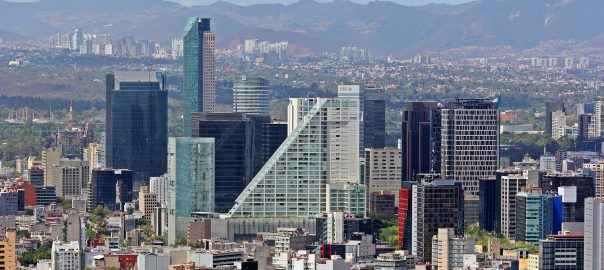
For better or worse, 2017 was a historic year for both Mexico and Mexico City. This can be summed up in two numbers: 100 and 32. The first number celebrates the one hundredth anniversary of Mexico’s Constitution, approved on 5 February 1917, and renowned as the first Constitution in the...
0 Comment(s)Join our Conversation
2 February 2018
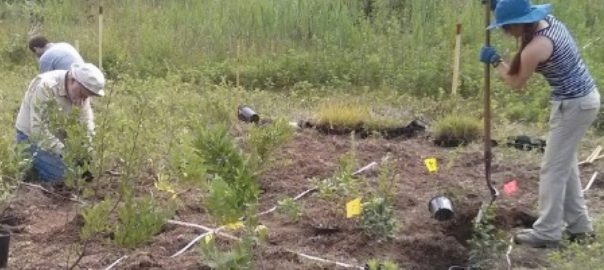
The Nature of Cities website has advanced the understanding of cities as both harbors for biodiversity and as places where there are many opportunities for natural habitats and ecoservices. Steadily, ecological scientists and practitioners are restoring habitats within the world’s cities. Ecological restoration is not just for the “wild” lands where people...
1 Comment(s)Join our Conversation
30 January 2018
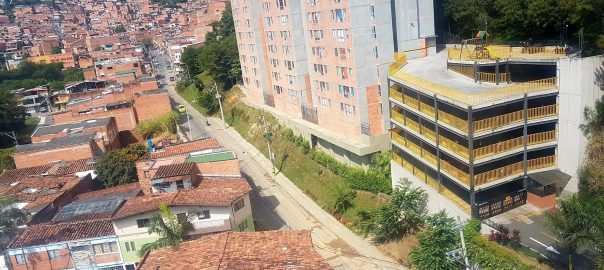
(Una versión en español, aqui.) Activities related to urban development usually reflect the prevailing global cultural characteristics of a society. At the same time, other aspects of the local culture remain silently persistent, tied to more intimate and traditional values than those the present trend of globalization motivates or allows....
5 Comment(s)Join our Conversation
29 January 2018
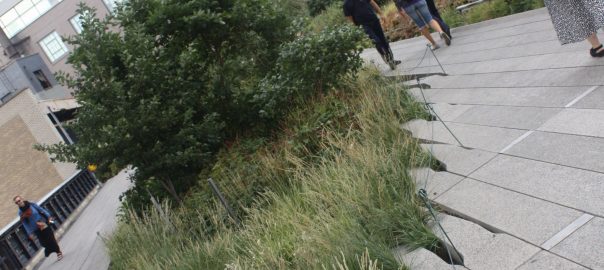
16 Comment(s)
Join our Conversation
27 January 2018
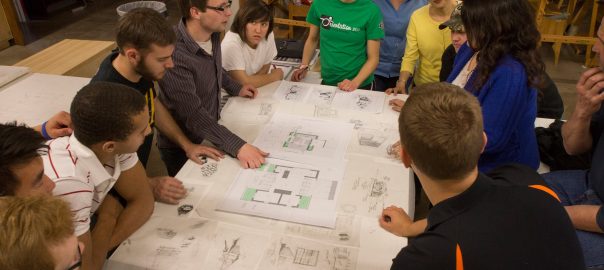
Inspiring students to contribute in an impactful manner to their community and society while developing the professional skills needed for their major (architecture) has been my passion for the past nineteen years. The goal all those years ago was to create and execute unique educational challenges, expand the field of...
0 Comment(s)Join our Conversation
24 January 2018
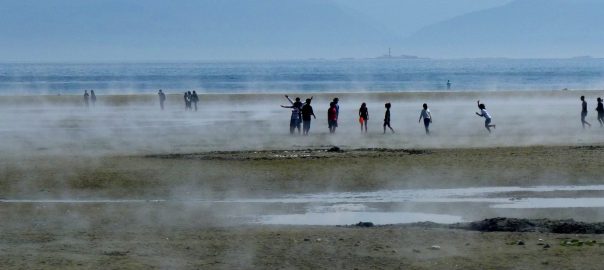
Connecting to nature where you live Regional parks and park systems are a perfect response to the modern conundrum of creating dense urban fabrics where people can become increasingly isolated from nature. The scale of a regional park system means that it can encompass all or a large part of...
2 Comment(s)Join our Conversation
21 January 2018
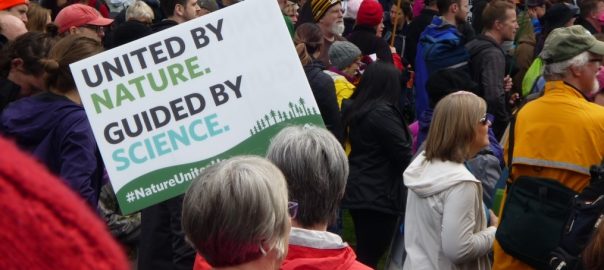
Earth’s ecosystems have evolved for millions of years, resulting in diverse and complex biological communities living in balance with their environment (WWF Living Planet Report, 2016). Since the 16th century, human activity has impacted nature in practically every part of the world, wild plants and animals are at risk of...
3 Comment(s)Join our Conversation
18 January 2018
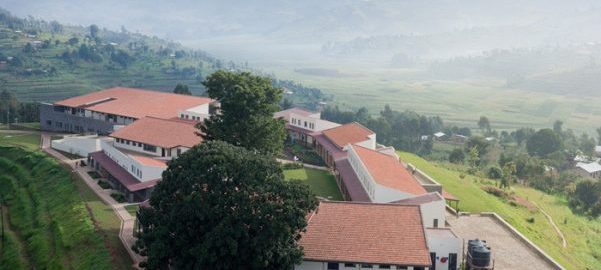
A review of Design for Good: A New Era of Architecture for Everyone by John Cary. 2017. 275 pages. ISBN 13: 978-1-61091-793-3 / ISBN 10: 1-61091-793-6. Island Press, Washington. Buy the book. We live in a consumer’s world. Fed by products every second of our lives, urged to ponder, deliberate, and eventually consume that which...
0 Comment(s)Join our Conversation
18 January 2018
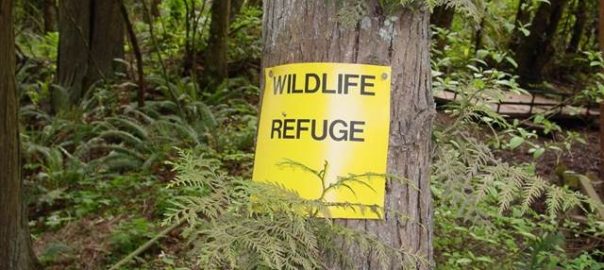
There is seldom a “silver bullet”, single pathway to success when it comes to protecting urban greenspaces. Multiple strategies, often modified, sometimes abandoned, are typically the only way grassroots-based urban conservation efforts succeed in the face of bureaucratic resistance. Efforts to preserve and restore a 160-acre wetland in the Willamette...
1 Comment(s)Join our Conversation
15 January 2018

There is unanimous agreement that the 21st Century is the century of urbanism. In 2016, an estimated 54.5 percent of the world’s population lived in urban settlements. By 2030, urban areas are projected to house 60 percent of people globally and one in every three people will live in cities...
0 Comment(s)Join our Conversation

